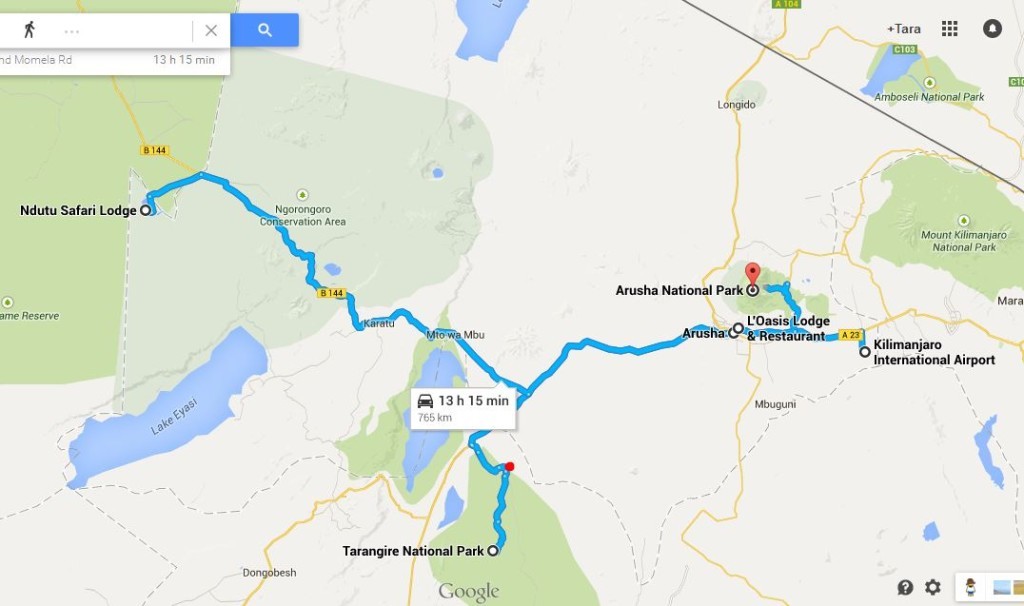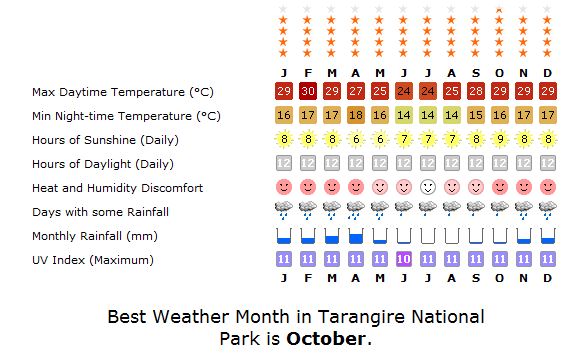First of all, everything I write here works for a normal “Big 5” type safari so if you are not particularly into birding you will still find value in this post. Of course if you ARE into birding, you will find even more value!
East Africa has so much to offer and is easily accessed by airline miles. If you have limited time and finances you will really have to make some tough decisions on how many parks to visit. It really helps if you know what species are your priority. For some people this may be raptors or trying to check off all the endemics. For me it’s always parrots first, then songbirds, then other birds and mammals. Don’t get me wrong, I’m not going to bypass lions or cheetahs though!
DO YOUR HOMEWORK
With so much on offer, you have to do lots of research online to find out your best chances of seeing the species you really want to see. I always check trip reports on Surfbirds and more recently added Cloudbirders to that. Xeno-canto has mapped locations where birders took sound clips of many species so that can pinpoint them even more.
I also look through trip reports by major birding companies such as Birdquest, VENT, Naturetrek, Rockjumper and more. The trip reports will show you which parks you need to concentrate on. Once you have this, you can start contacting birding tour operators or safari companies that are well-recommended for quotes.
HOW I CHOSE MY ITINERARY
I was prioritizing parrots. There are 6 parrot species in Tanzania that can be found in the northern safari circuit. The African Grey Parrot isn’t in the northern safari circuit, it is found in a small area near the border with Rwanda & Uganda.
TARANGIRE
Yellow-collared Lovebirds – Agapornis personatus
Red-bellied Parrots – Poicephalus rufiventris
Meyer’s (Brown) Parrots – Poicephalus meyeri
NDUTU (BETWEEN NGORONGORO & SERENGETI)
Fischer’s Lovebirds – Agapornis fischeri
ARUSHA NATIONAL PARK
Jardine’s (Red-fronted Parrot) – Poicephalus gulielmi
Red-headed Lovebird – Agapornis pullarius (longshot)
Fischer’s Lovebirds – Agapornis fischeri (longshot)
 So here is the map of the 3 parks I chose and other key points such as the airport, the town of Arusha and the hotel we stayed at in Arusha – L’Oasis. Ignore the 13 hours thing, Google doesn’t know how to drive in Africa! You will not only be driving from park to park but a lot of safari driving within the park.
So here is the map of the 3 parks I chose and other key points such as the airport, the town of Arusha and the hotel we stayed at in Arusha – L’Oasis. Ignore the 13 hours thing, Google doesn’t know how to drive in Africa! You will not only be driving from park to park but a lot of safari driving within the park.
HOW TO ORGANIZE YOUR OWN BIRDING SAFARI
In East Africa, where you can’t access the parks by public transport and it’s very rare for tourists to self-drive cars you will have to use some kind of transport with a driver included. These drivers usually double as safari guides. You may decide that it’s more convenient to just join an organized tour such as those whom I mentioned above if you can afford it. Or you can start contacting safari companies in Arusha to see if you can either join an existing tour or make one just for yourselves. These safari companies vary widely in reliability and service so check reviews on Trip Advisor (ignore reviewers with 1 or 2 reviews). You are looking for reliable vehicles that don’t have trouble, driver guides who have good wildlife knowledge and show an ability to fix problems such as flat tires with minimal disruption to the safari. You also want quick communication from the head office to your emails and for them to readily answer any questions you have without being evasive or making you feel like you are being placated.
While I was researching the options I found 2 main problems.
1. Safari companies based outside Arusha were out of my budget.
2. Safari companies inside Arusha didn’t accept credit cards and wanted money transferred by bank wire in advance of the trip. Bank wires are the WORST option for miles & points collectors. You can’t use a credit card and earn points. You have to have the full amount already in your account, can’t pay it off by installments and you have to pay fees to make the transfer.
So what can you do when you want to pay by credit card or at least cash on arrival? My answer was to book everything separately.
- Book car hire with driver guide from car hire company, not safari company. After doing tons of research online, I found Fortes Car Hire. They actually do have self-drive cars but I wasn’t up to the liability & insurance hassles or to fix our own flat tires and such. So after several emails back & forth, they agreed to supply a car with driver and to allow me to pay cash on arrival since they didn’t have to front any money to lodges on our behalf.
- Hotels in Arusha and a few pricy safari lodges can be booked online. Pointshound has a few options or try Hotels.com or Expedia for more options. The obvious advantage here is instant confirmation and secure credit card payment. Or contact lodges by direct email and ask if they take credit cards online. Here’s what I booked.
Whistling Thorn Camp, just outside Tarangire National Park – booked by direct email to parent company Moivaro.
Ndutu Safari Lodge, booked by direct email though they said it wouldn’t be confirmed until it was paid. Since we went in the off season, there was plenty of room.
L’Oasis Hotel, in outskirts of Arusha as a base for Arusha NP day trip – booked with Hotels.com.
VISA FOR TANZANIA
Most nationalities can get a visa on arrival at Kilimanjaro International Airport. It’s pretty straightforward, just one form and $50 cash per person for Australians. Americans pay $100 per person. The fee varies by your nationality, you can check here.
BEST SEASON TO TRAVEL
It’s a double-edged sword, you can avoid the crowds by going in off season and avoiding the Great Migration (Jan-March & prices skyrocket) but you may run into the rainy season which is really bad news for birders. Dry weather forces animals to stay closer to watering holes so they are easier to find. Generally speaking, the dry season is June to October, the rainy season is November to May. We were there in late November which is shoulder season and it hadn’t started raining yet. If you have a choice, I would go for Sept-Oct for the best weather, still not high season and good birding. Regardless of the weather, I would also avoid school holidays in the USA & Europe so that means June, July & August. Crowds are even worse for birding!
 BOTTOM LINE
BOTTOM LINE
Obviously a lot of thought and preparation needs to go into a birding safari to Africa. The lower your budget, the more you have to do yourself. For most people, this will be a once in a lifetime experience so take your time and get it right!
